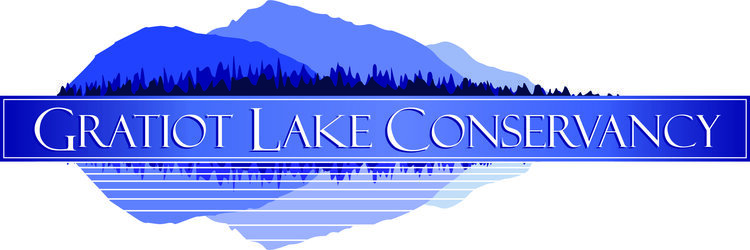Are your bird feeders out? Northern residents may be delighted to see beloved winter visitors at their feeders this year. According to the Finch Research Network, cone crop conditions in from Lake Superior eastward indicate that winter 2020-2021 will be a considerable flight year for a handful of winter irruptives. Tyler Hoar of the Finch Research Network predicts that northern birders can expect to enjoy flights of Purple Finches, Evening Grosbeaks, Common and Hoary Redpolls, Pine Siskins, and Red-breasted Nuthatches this year. Red Crossbills may make an appearance later this winter as the white pine cone crop to the north is depleted, and White-winged Crossbills in the east may head south due to poor spruce cone crops. Pine Grosbeaks and Bohemian Waxwings are not expected to journey south this year in large numbers.
While some of these species are considered year-round residents of the Keweenaw peninsula, birders may notice them in larger numbers during the winter as northern populations fly south in search of food. Already, we have noticed an increase in Evening Grosbeaks at our feeders this winter compared to last year – as many as 30 at a time – a welcome splash of bold yellow. At the time of this writing (mid-November), the Pine Siskins have begun to trickle in and Red-breasted Nuthatches have been increasingly common visitors, but the Purple Finches have come and gone.











